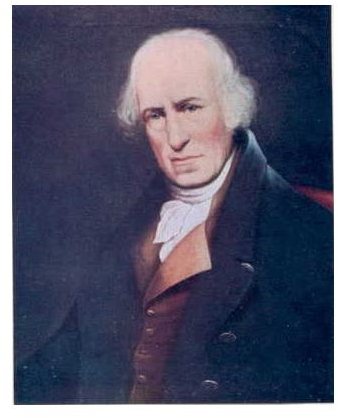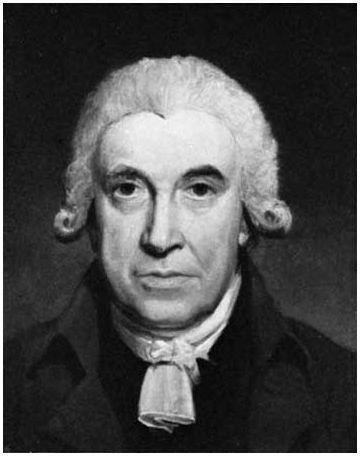James Watt Biography. What did James Watt Invent?
Early Years and Education
James Watt was a Scottish by birth, born in the year 1736 in the town of Greenock. Both his parents were well educated and Watt was home-schooled by his mother as due to his poor health which made regular attendance at school difficult. He left for London at the age of 18 in order to learn mathematics and master the making of precision instruments. However, within a year Watts returned to his native land – intending to start instrument-making business in Glasgow.
Business
In those times, it was necessary for someone wanting to set up a business of making precision instruments to have at least 7 years of apprenticeship. Since he lacked Watt lacked that, his application to set up shop was rejected by the Glasgow Guild of Hammermen. Fortunately for James, three professors of the Glasgow University let him set up a small shop and work on the university premises.
Working with Steam Engine
Watt became interested in steam when he was helping his friend Professor John Robinson on a steam car. The experiments, however, were not very fruitful, and mostly abandoned mid-way. However, it got Watt working on the concept of a steam engine and he tried, albeit unsuccessfully, to create many models of it. During his experiments and trials, Watt got to know that the University owned a model of the Newcomen engine – a steam engine built by Thomas Savery and Thomas Newcomen used to pump water from mines – which was in London for repairs. He asked the university to retrieve it and when granted permission James began his work on improving engine efficiency - which was at a time only about 25%.
The “Invention”
The reason Watt is often (mistakenly) credited for having developed the first steam engine is his breakthrough advancement, which made the hitherto inefficient steam engine safe, efficient and fast. The Newcomen engine utilized 80% of the heat to heat the cylinder which again had to be cooled to condense the steam. This posed a problem which Watt wanted to solve - condensing the steam without having to lower the temperature of the cylinder, thereby saving on fuel and time. The answer hit Watt when he was taking a walk on Glasgow Green: a separate vacuum condensing chamber that would suck in the steam from the cylinder and condense it. His idea worked and an efficient model of the steam engine was ready in 1765. The rest is history. It is now accepted that this “invention” (actually – a solution to the problem, found by Watt) is a point at which the Industrial Revolution began.
James Watt

More to come
This is the first part of James Watt biography - however, the later years are as much worth a note - and will be covered in the next article.
Sources:
https://level2.phys.strath.ac.uk/ScienceOnStreets/jameswatt.html
https://en.wikipedia.org/wiki/James_Watt
